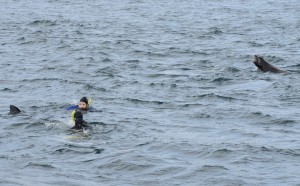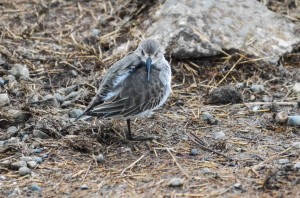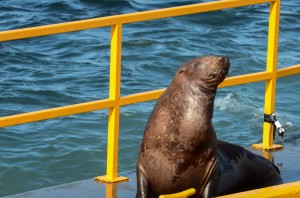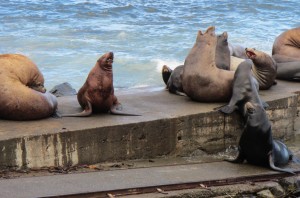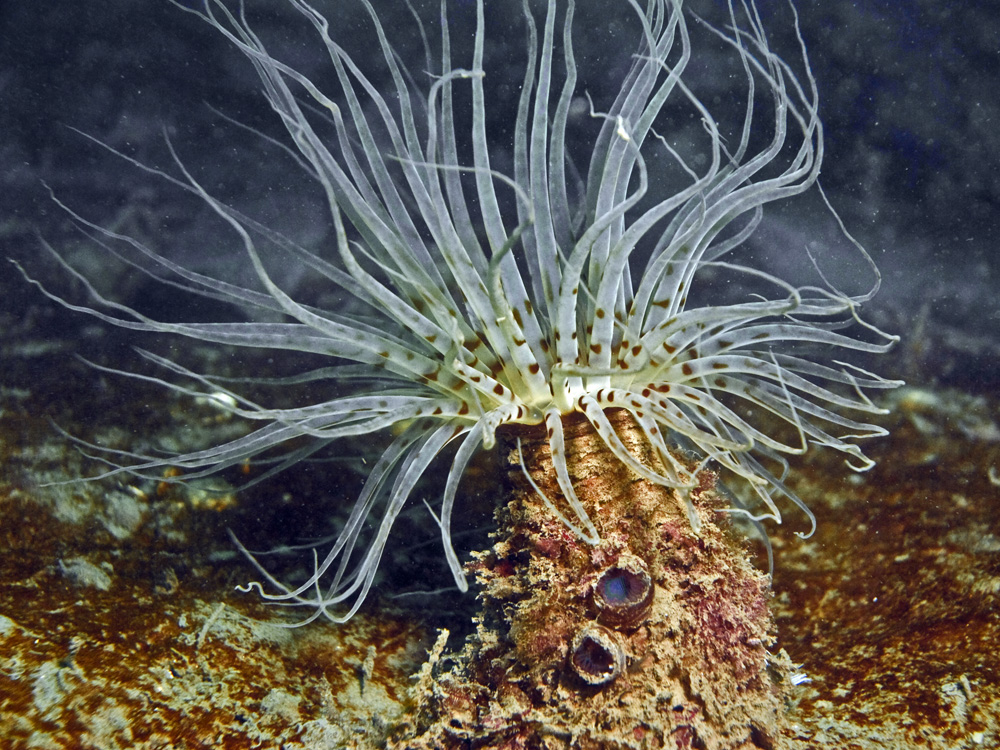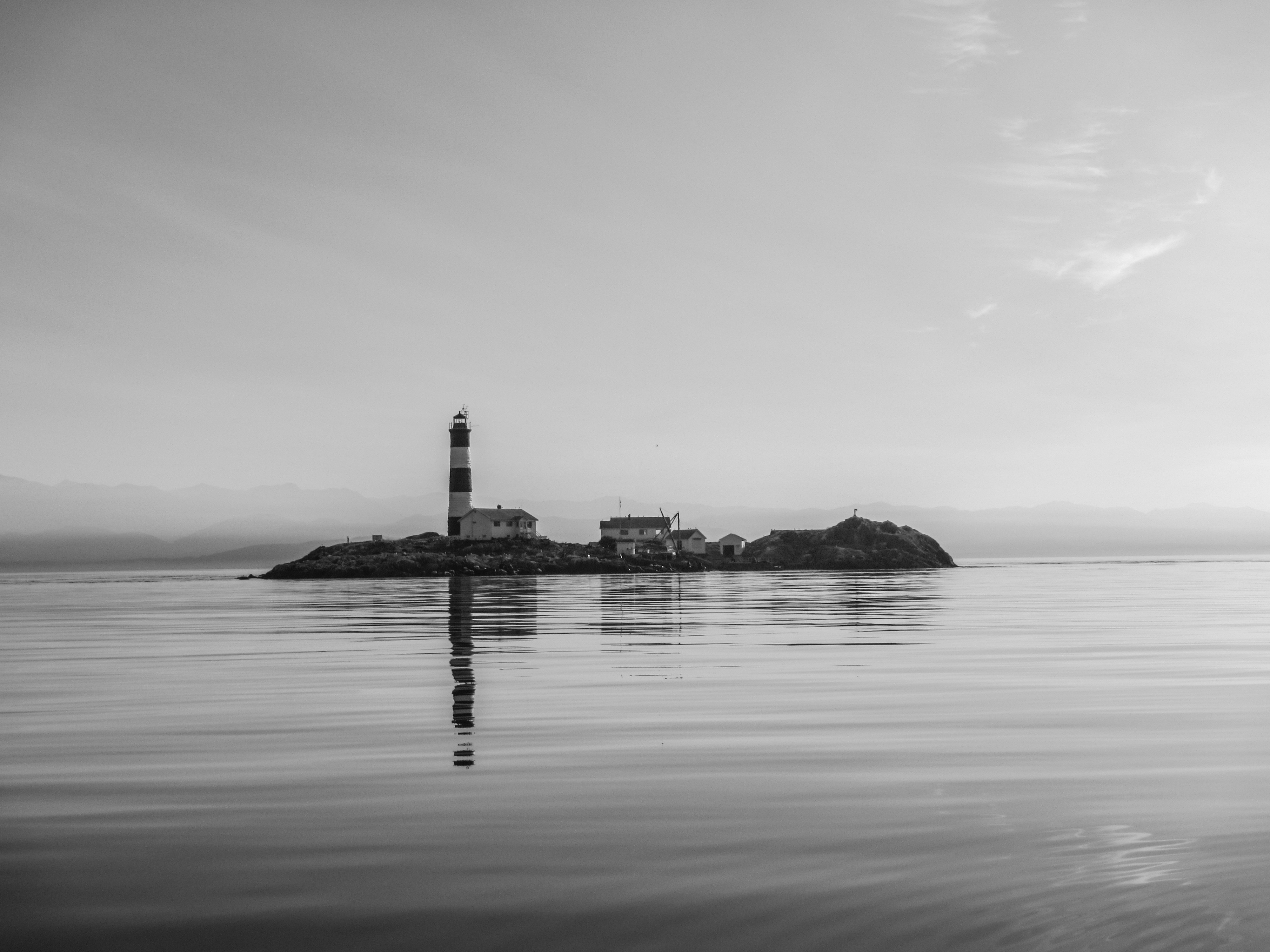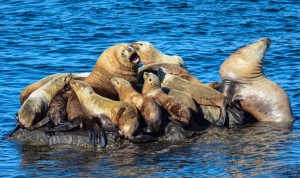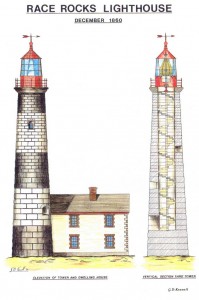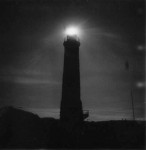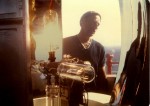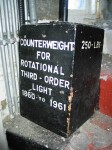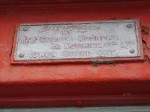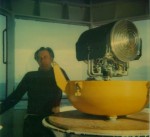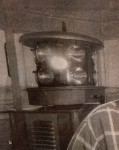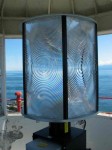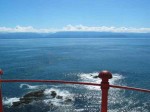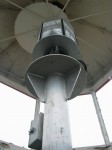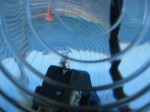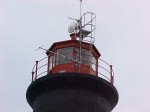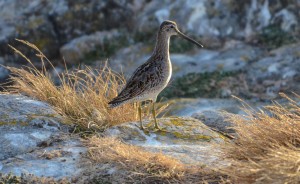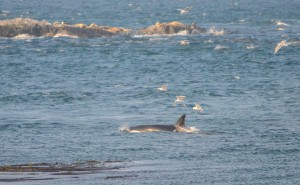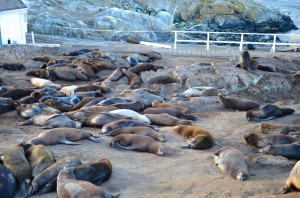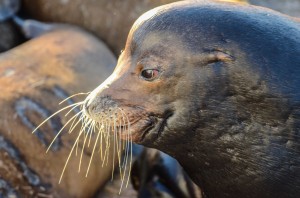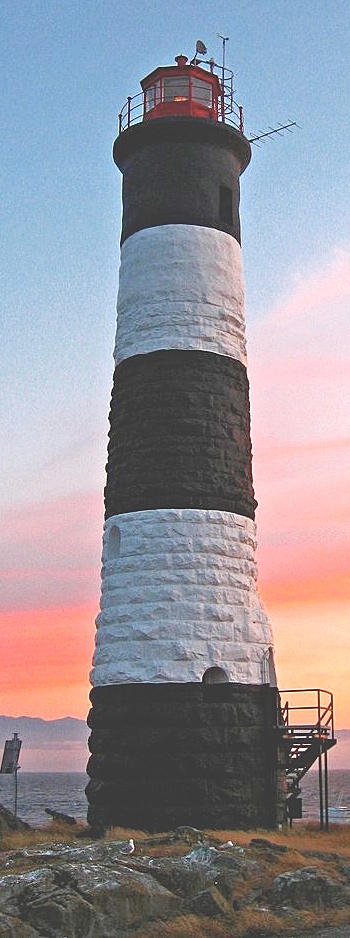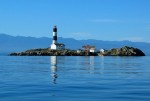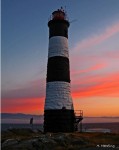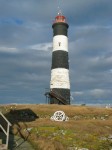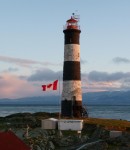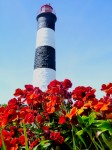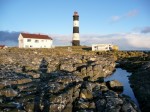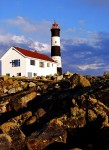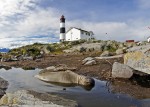| Daily Seawater Temperature and Density Record Shore Station | |||||
| Time Zone: PDT | |||||
| Station Race Rocks Lightstation | |||||
| Month: ___October | Year: 2012 | ||||
| Observer: Pearson College UWC | |||||
| Date | Time | Sea Temp. °C |
Jar Temp. °C |
Hydro- meter No. | Observed Density |
| 1 | 16:00 | 9.9 | 10.0 | 10,802 | 239.0000 |
| 2 | 15:00 | 10.0 | 10.0 | 10,802 | 238.0000 |
| 3 | 15:00 | 10.1 | 10.2 | 10,802 | 238.0000 |
| 4 | 16:00 | 10.0 | 10.1 | 10,802 | 236.0000 |
| 5 | 10:00 | 10.1 | 10.2 | 10,802 | 236.0000 |
| 6 | 11:00 | 10.1 | 10.2 | 10,802 | 235.0000 |
| 7 | 11:00 | 10.2 | 10.3 | 10,802 | 234.0000 |
| 8 | 11:00 | 10.2 | 10.3 | 10,802 | 234.0000 |
| 9 | 11:00 | 10.0 | 10.1 | 10,802 | 235.0000 |
| 10 | 11:00 | 9.7 | 9.8 | 10,802 | 235.0000 |
| 11 | 11:00 | 9.6 | 9.7 | 10,802 | 234.0000 |
| 12 | 12:00 | 9.5 | 9.6 | 10,802 | 234.0000 |
| 13 | 12:00 | 9.5 | 9.6 | 10,802 | 235.0000 |
| 14 | 12:00 | 9.5 | 9.6 | 10,802 | 235.0000 |
| 15 | 13:00 | 9.2 | 9.3 | 10,802 | 238.0000 |
| 16 | 13:00 | 8.8 | 8.9 | 10,802 | 240.0000 |
| 17 | 14:30 | 8.7 | 8.8 | 10,802 | 241.0000 |
| 18 | 16:00 | 8.4 | 8.5 | 10,802 | 242.0000 |
| 19 | 14:00 | 8.5 | 8.6 | 10,802 | 243.0000 |
| 20 | 15:00 | 8.5 | 8.6 | 10,802 | 243.0000 |
| 21 | 16:00 | 8.3 | 8.4 | 10,802 | 243.0000 |
| 22 | 17:30 | 8.3 | 8.4 | 10,802 | 243.0000 |
| 23 | 13:00 | 8.4 | 8.5 | 10,802 | 246.0000 |
| 24 | 12:15 | 8.5 | 8.6 | 10,802 | 242.0000 |
| 25 | 13:00 | 8.6 | 8.7 | 10,802 | 242.0000 |
| 26 | 11:00 | 8.2 | 8.3 | 10,802 | 240.0000 |
| 27 | 15:00 | 8.4 | 8.5 | 10,802 | 239.0000 |
| 28 | 15:00 | 8.7 | 8.8 | 10,802 | 241.0000 |
| 29 | 15:00 | 8.9 | 9.0 | 10,802 | 239.0000 |
| 30 | 15:30 | 8.7 | 8.8 | 10,802 | 239.0000 |
| 31 | 13:00 | 8.5 | 8.6 | 10,802 | 239.0000 |
| Mean* | * | 9.2 | 9.3 | 238.6452 | |
| Recorded by Race Rocks Marine Protected Area Guardian | |||||
Monthly Archives: October 2012
Students snorkelling with sea lions
This week I am lucky to have the company of some great students from Pearson College. Along with the privilege of living out here for a week, they are helping me with some of the maintenance duties and sharing some adventures. Unfortunately for them the sea lions have all moved to their side of the island and are surrounding their house, making for some noisy nights! But they have front row seats to a spectacle that is better than any TV show.
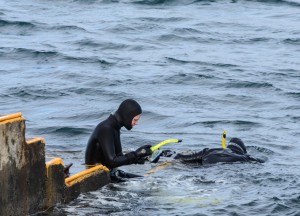
These days birds are showing up in winter plumage and look different from when they passed through in the spring.
We’ll have an animal census for you in just a couple of days… stay tuned.
A Blind Sea Lion!
I have enormous respect for pinnipeds. They are intelligent, resourceful and social animals and they are incredibly hardy. In my time here I have seen all manner of wounds and entanglements, but I never imagined a sea lion could survive in the wild while being totally blind. I first noticed this individual because it has a particularly reddish pelage, and it’s mannerisms appeared a bit different. I took a few pictures, but it was only when the other sea lions saw me and scattered that I noticed how different this fellow is.
Sea Lions appear to recognize injuries and fitness levels in one another. Absent in the interactions with compromised individuals are the threat displays and ritualized aggression of the bulls, replaced with what appears to be a kind of curiosity and concern (these may not be appropriate scientific terms). That said, since sea lions (and all higher order animals) have emotions, and as altruism has been observed in many many species, I don’t think it unreasonable to conclude that the words “curiosity and concern” aren’t too far off the mark.
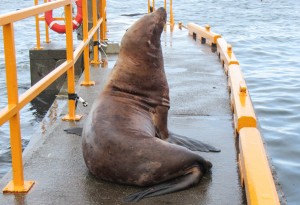
Whatever the case let us keep our fingers crossed for the well-being of this amazing and resourceful individual that has managed to survive in spite of extraordinary odds against it!
Pachycerianthus fimbriatus: burrowing anemone–The Race Rocks Taxonomy
Changes in the weather
The first gentle sou’east weather pattern with clouds and rain occurred in the last few days. The rain is most welcome to wash away a summers worth of gull and pinniped excrement. This island can be smelled from a kilometer away!
About 2/3s of the sea lions have left since the weather change. We are down to around 140 animals, perhaps 75 are Stellers down from the 175 of 10 days ago. Californians make up the remainder down from 225. Quite a few juveniles have showed up in the last week.
More birds are showing up. In the last few days several Harlequin ducks and a few dozen cormorants returned to dot the shoreline with the oystercatchers. Flocks of Bonaparte gulls feed on minnows in the eddies, forced to the surface from the deeper water by murres and rhinoceros auklets. Killdeers are spending the nights here. I hear them when I shut down the generator at night. Close to 30 sparrows are flitting about, and yesterday a few eagles and ravens were hunting and scavenging. Late developing gull chicks are on the menu. The flock of turnstones forages in the sea lion haulout ignored by the sea lions.
Tour boats are becoming less frequent and sport fishermen are waning too… yesterday for example a pod of orca passed with only 2 boats watching them rather than 8-10.
Light Beacons on Great Race Rock Island
Originally in 1860, the light installed at Race Rocks was made up of a tall set of crystal prisms (said to be Lalique crystal from France), designed to carry the beam from an oil or gas-light far out to sea. We do not know why this complete cage was removed but you can see in these historic photos that it was replaced with the current cage sometime in the early 1900’s. An interesting adaptation of the Fresnel lens is noted in this article about using it to focus the suns energy in photovoltaic applications:
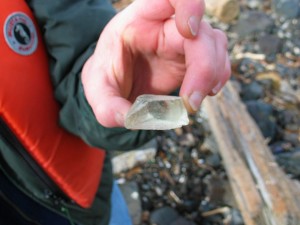 When walking over the cobble areas on the south side beaches at Race Rocks, we often turn up pieces of very thick glass. This one was found in April, 2006.This glass came from the Fresnel lens on the original light installed in 1860, seen here on the right in an artists drawing.[/caption]
When walking over the cobble areas on the south side beaches at Race Rocks, we often turn up pieces of very thick glass. This one was found in April, 2006.This glass came from the Fresnel lens on the original light installed in 1860, seen here on the right in an artists drawing.[/caption]
When walking over the cobble areas on the south side beaches at Race Rocks, we often turn up pieces of very thick glass. This one was found in April, 2006.This glass came from the Fresnel lens on the original light installed in 1860, seen here on the right in an artists drawing
In this report of John Langevin, 1872, The light is referrred to as a “second dioptric light.”The Doty burner was used in lighthouses till the end of the nineteenth century. Note this reference from the 1874 session of parliament where the expense of oil for lighthouses on the West Coast is referred to.
Trev Anderson, 2010–(When they arrived at Race Rocks) “All the equipment for the kerosene light was still there including tanks, pump, and 80mm mantles. The huge weight that was used to drive the clockworks was still connected. I believe the A/C power had just been installed at Race Rocks, as with the station at Lennard Island , and they had turned on the electricity soon after we arrived in 1962. The weight with cable was still used at Lennard Island….(it had to be rewound every two hours…good thing I was ambidextrous) !”
| From CCG reference: “These light stations used colza oil with the Argand burner until it was superseded by the introduction of mineral oils. Colza oil had been cheaper than whale oil, but mineral oil was cheaper than both and its use was extended after the development of a multiple wick burner, invented by a Frenchman, Captain Doty, for the consumption of hydro-carbon oils.” |
- Trev and Flo Anderson have supplied several of these photos of the lights in the 1970’s
- Only one bulb was illuminated at a time, the others were backups as Trev Anderson noted “they seemed to burn out rapidly.” As one light burned out, the other rotated up into position.The base of the light floated on a platform in a tub of mercury to reduce friction. “It was then changed to a four bulb auto change system with four 35mm projector bulbs, and on and on. “(TA) (We are still looking for an image of this version.)
- The gear assembly used to turn the light at Race Rocks. ( image by Trev Anderson)
- The mechanism which used to turn the light around on a bowl of mercury was this large counterweight which had to be wound up manually every four hours. There were holes in the steps which it allowed it to drop down slowly through several stories of the light tower.
- The weight still sits on a step although the holes have been concreted over with conduits running through them.. Each step in line below through over half the tower height was painted with a black square by Charles Redhead, a former lightkeeper to show the line of fall of the counterweight.
- The plaque on the Lantern room of the Race Rocks tower.
- This version with Trev Anderson, was mounted by the CoastGuard in 1968. It rotated on a fixed plate on top of the old mercury basin. The mercury was left sealed inside until an attempt to move the pedestal for a Pepsi commercial in the late 1980’s caused a spill
- We found a picture by Lawrence MacLagan of this light which was used at Race Rocks in the November 21 vol 22, 1996 issue 48 edition of Monday Magazine. Oddly enough we hadn’t been able to come up with a photograph of the light previously.It looked like a bank of a headlights around a rotating column.Only one headlight was illuminated at a time. This light was replaced with automation, in 1997.
- With automation in 1996, the light was replaced by an energy-efficient rotating lucite Fresnel lens, a modification of the type used in the 1800’s . In order to understand why the Fresnel lens is so efficient beaming light from the 100 ft height to over 20 miles at sea.**
- The view to the horizon over the railing outside the caged light.This light is visible from those far shores.
- The light stands on a pedestal. In the centre of the assembly is a 20 watt light bulb, the kind you may use in a desk lamp. This small light is visible at great distance.
- The 20 watt bulb inside the light housing.
- The beacon at the top of the tower
You can get a live close-up look of the lucite-lens light beacon above currently operating at Race Rocks by going to the remote control camera 5 .
Click on this slideshow , made on a foggy evening of July 1 2006. Images were taken from the remote camera 5.
GF Photos.
The Latest News
As observed with the Horned Larks last week, the southward migration of birds has begun. I was lucky enough to spot this Long-billed Dowitcher searching for food in the tufts of grass.
Another visitor the the reserve was a small pod of transient orca who created a scare surrounding some sea lions in the kelp bed. The orca thought otherwise of hunting the big carnivores in the tangle of the kelp bed and moved off toward William Head.
The Sea Lions continue to dominate the environment. I had let them have their way and they surrounded the house and covered the yard. Eventually it became too much and I employed the electric fence to reclaim some territory.
Imperial Lighthouse at Race Rocks
In 1860, the official General Lighthouse Authority for the British Empire was called the Imperial Lighthouse Service . It was responsible for the provision and maintenance of navigational aids in all colonies of the British Empire with the exception of England, Wales, Scotland, the Isle of Man, Ireland, Gibraltar and the Falkland Islands. With the end of the British Empire most of these light houses were taken over by the newly independent countries and the Imperial Lighthouse Service stopped its operations by the late 1970s.
The Imperial Lighthouse of Race Rocks in the Strait of Juan de Fuca was the only stone tower on the Pacific Coast of Canada. It and the smaller brick Imperial Lighthouse at Fisgard Island in Victoria were built as a pair in 1860 after the first Governor of the Vancouver Island, Sir James Douglas petitioning the Imperial Government in Great Britain.
The History of the construction and attempts to have official heritage designation for this Lighthouse are documented in the following files:
Heritage Designation and Protection
Other images of inside the tower and restoration links
The photos below are all copyright of the photographers. They may be used by permission for educational purposes only.
- Race Rocks Lighthouse–Adam Harding photo
- Imperial Lighthouse at Race Rocks–Adam Harding photo
- Race Rocks Lighthouse–G.Fletcher photo
- Race Rocks Lighthouse–Adam Harding photo
- Race Rocks Lighthouse–Garry Fletcher photo
- Imperial Lighthouse at Race Rocks -G.Fletcher photo
- Imperial Lighthouse at Race Rocks: Ryan Murphy photo
- Imperial Lighthouse at Race Rocks: Ryan Murphy photo
- Imperial Lighthouse at Race Rocks: G.Fletcher photo
- Race Rocks Lighthhouse-Barry Herring photo
- Race Rocks Ecological Reserve–G.Fletcher photo
- Race Rocks –G.Fletcher photo
- Imperial Lighthouse at Race Rocks: Ryan Murphy photo
- Night exposure on the pole star and the Imperial Lighthouse at Race Rocks: Ryan Murphy photo
- Night exposure on the pole star and Race Rocks-Ryan Murphy photo
- Ryan Murphy photo: elephant seal pup and the Race Rocks Lighthouse
- Ryan Murphy photo: Male Elephant seal and the Lighhouse of Race Rocks
Animal Census
| Species | Current Population (Est) |
| Stellar/Northern Sea Lion | 175 |
| Elephant Seal | 8 |
| Harbour Seal | 200 |
| California Sea Lion | 200 |
| Glaucous-winged Gull | 150 |
| Herring Gull | 30 |
| California Gull | 6 |
| Surfbirds | 1 |
| Black Turnstones | 40 |
| Western Grebe | 2 |
| Brandt’s Cormorant | 30 |
| Sparrows | 12 |
| Horned Lark | 5 |
| Harlequin Ducks | 1 |
| Canada Goose | 8 |
| Bald Eagle | 1 |
| Black Oyster-catcher | 10 |
| River Otter | 1 |
| Pearson Students/Staff | 16 |
| Race Rocks Eco-Guardian | 1 |
| Rhinoceros Auklet | 100 |
| Common Murre | 100 |

